Emergency Food Storage Mistakes You Can Avoid
April 27th, 2022
5 minute read
Storing food is a cornerstone piece of the overall disaster preparedness formula. Whether you’ve gone all out and are stockpiling everything you could possibly need, or just doing some basic prepping, chances are high that you’ve delved into putting away extra food.
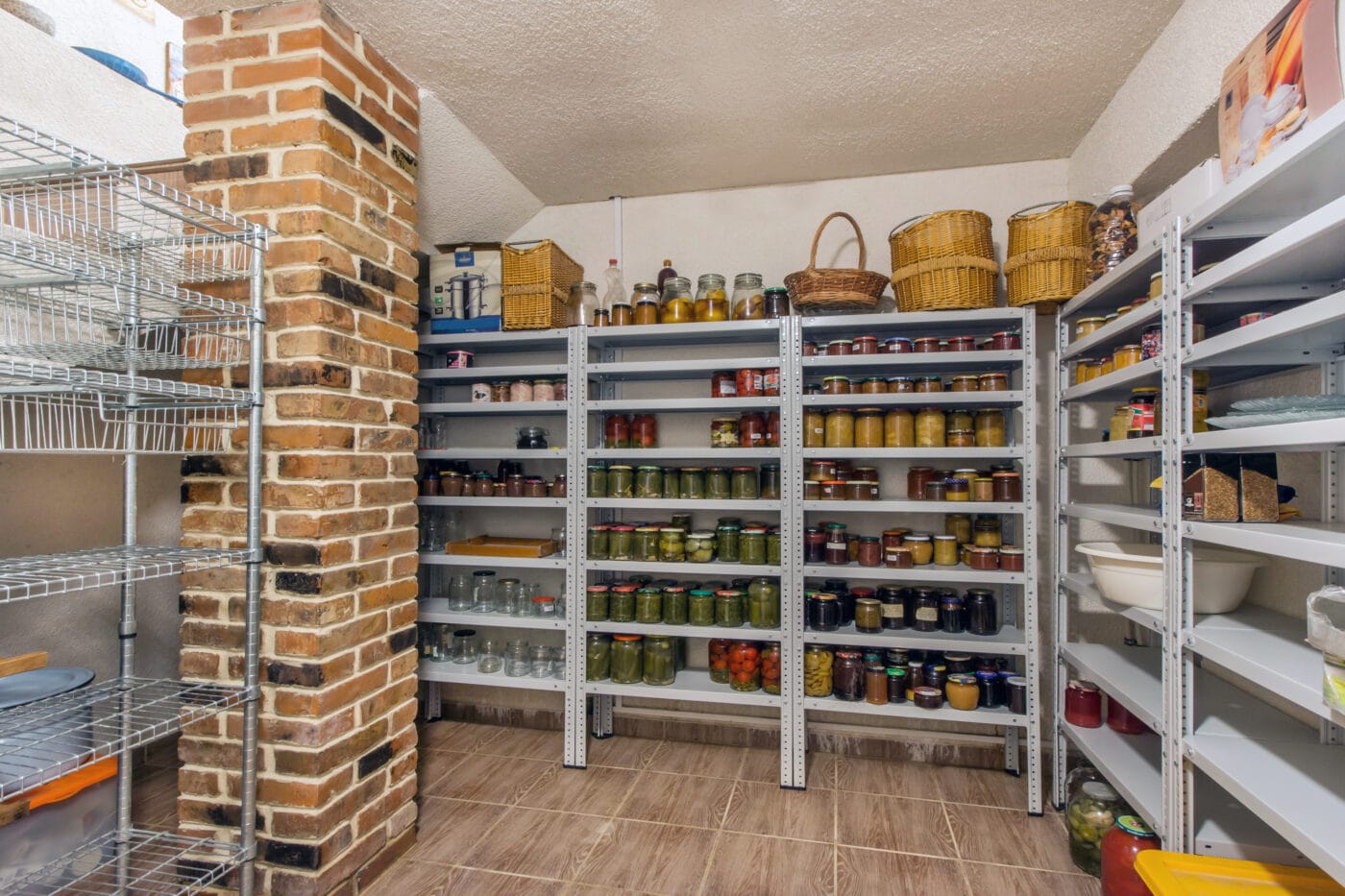
Unfortunately, there are some basic failures a lot of new preppers — and even old ones — make while storing their extra food.
Storing Staples in Their Original Bag
We’ve all seen the 50-lb. bags of flour, sugar, rice and other staples at warehouse stores. They’re cheap, and it seems like an easy storage solution — just pile the bags somewhere and be done with it.
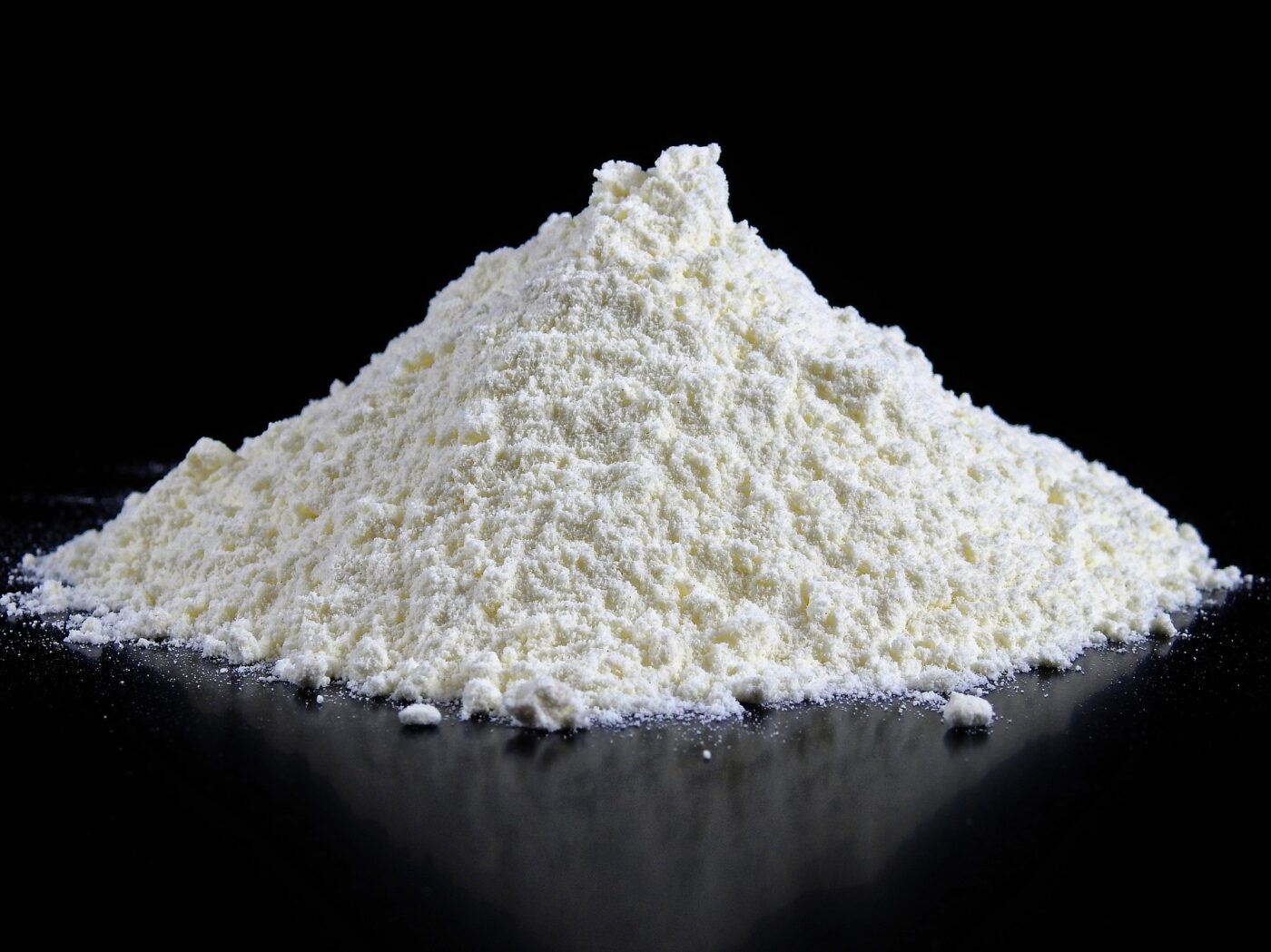
There’s just one problem: that’s the worst possible thing to do. Leaving them in their original bags allows mice to get in, among other things. In addition, it allows light and air to get in — two things you do not want anywhere near long-term food storage. For best results, use a method that protects your food from the elements, such as in mylar-lined buckets with oxygen absorbers.
There are several different methods for proper storage, if that one doesn’t appeal to you. Pick one and go for it; just don’t leave them in the bag.
Using the Wrong Canning Method
There are two main methods of canning food: water bath and pressure canning. Certain types of foods, such as ones with low acid, need to be pressure canned. There’s always someone who will tell you about their grandma, who canned things for 50 years with no bad outcomes for decades, but that doesn’t mean it can’t happen.
Not Having a Solid Plan
Every summer and fall, people give away excess produce to family and friends. Boxes of tomatoes, zucchini, potatoes and other vegetables change hands, and most of the time it’s because there’s no way you can use it all before it goes bad.
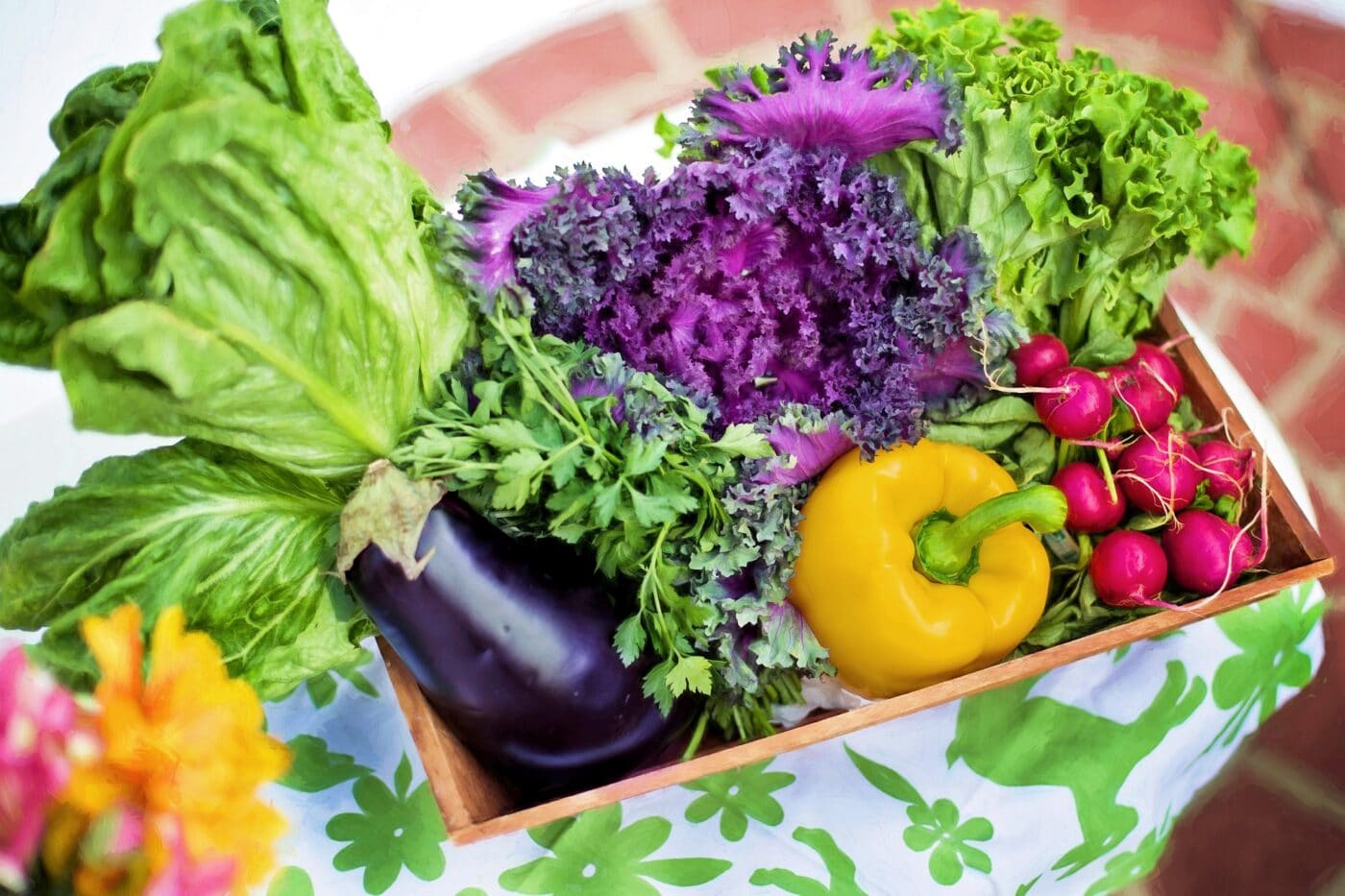
There is a long list of ways, however, that you can keep that produce and store it for long-term use. Whether you choose to can them, dry them, use fermentation, put them in a root cellar or any of the other methods of preservation, think about keeping your produce this year and putting it up for your own use. You’ll be surprised at how much food you have.
Storing Food in the Garage or Attic
The idea of nicely organized shelves filled with food in the garage might sound like a great idea, but it’s not. In order to properly store food, you need a temperature-controlled environment where things don’t get too hot or too cold.
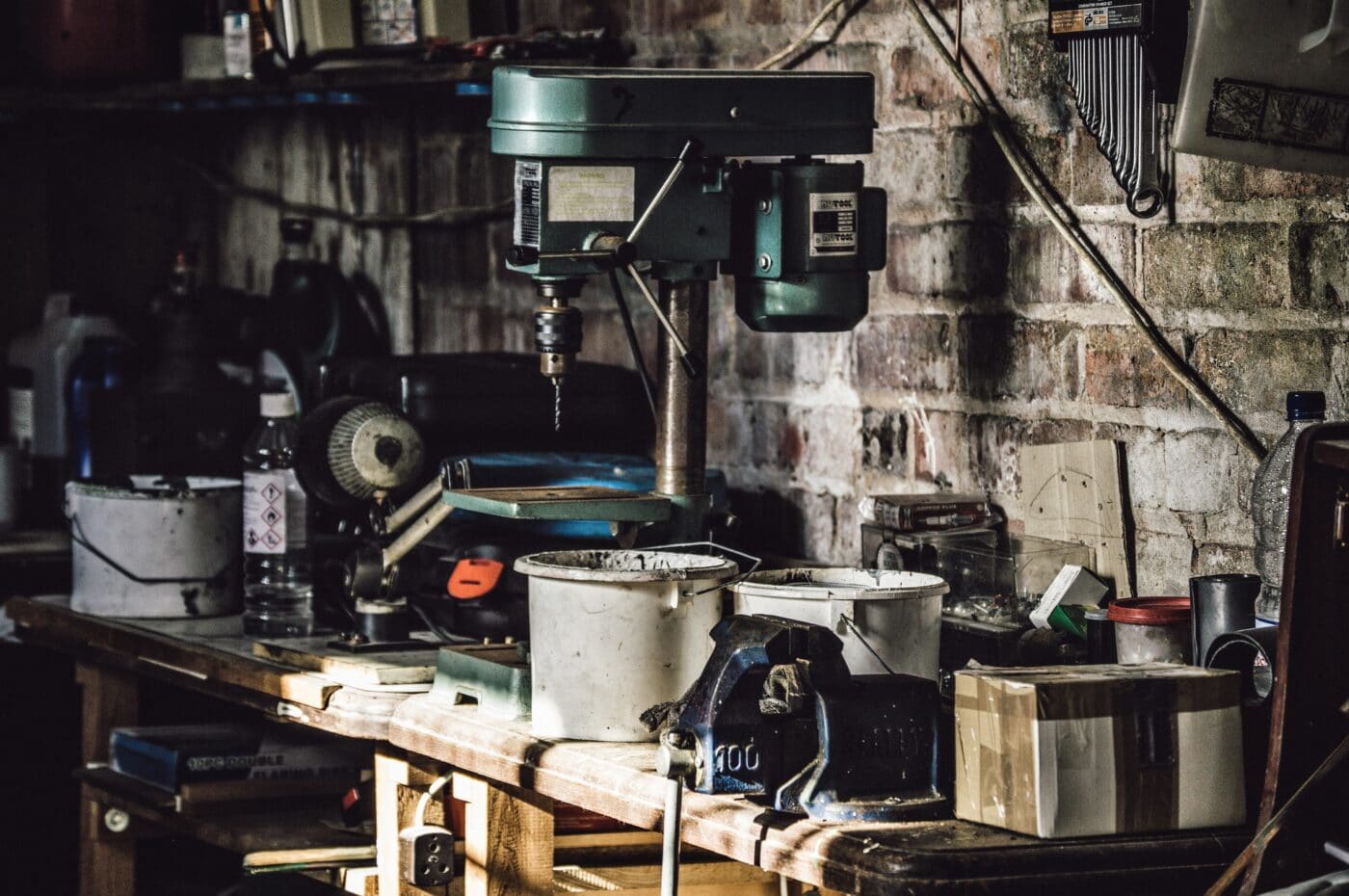
A garage or attic can have wild fluctuations in temperature, especially in a locale with a full four seasons. It’s not good for any stored food, especially food canned in mason jars — take it from someone who learned this the hard way and had a very big mess to clean up.
Not Rotating Your Stock
It’s easy to keep buying, but stock rotation is important. Expiration dates aren’t necessarily set in stone, as any experienced prepper knows, but there are certain foods that do lose texture, taste and nutritional value after extended storage.
Know the difference between expiration and “best if used by” dates and use things that are getting close, replacing them with fresh purchases.
Not Having Seeds on Hand
Like it or not (and those of us who lean toward black thumbs most definitely don’t), being able to grow your own food is a big part of overall preparedness. To do it right, you need several years’ worth of heirloom seeds, which will allow you to harvest seeds each year from some of your plants.
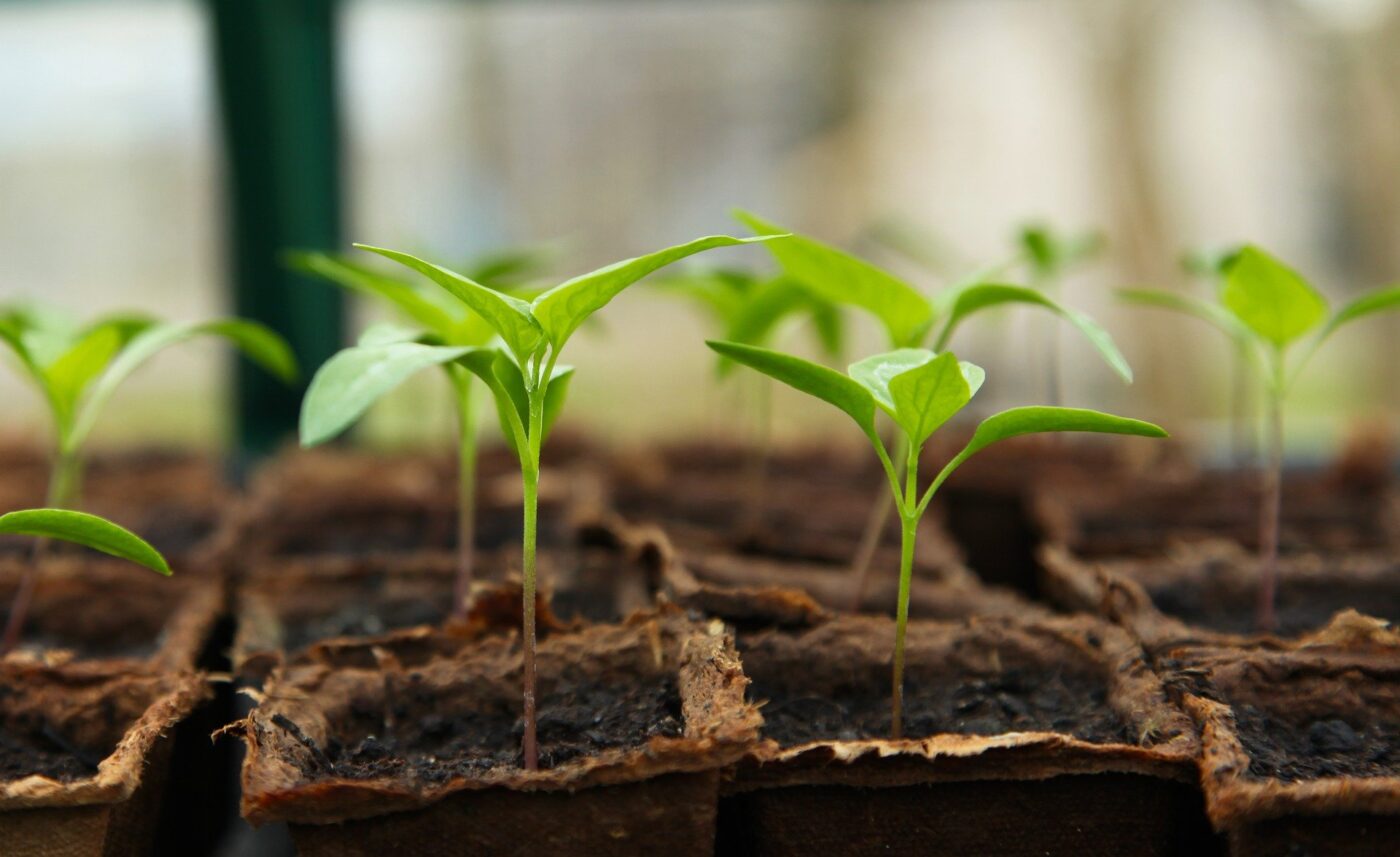
Why do you need all these seeds if you’re going to just harvest them from your own plants? Lots of reasons. Extra wet or dry seasons, insect infestations, and a whole host of other things can affect your garden’s output — which will affect your seed harvesting. If you’re deeply reliant on your garden for food during the winter, a bad growing season can start a spiral in which you have less food one year and less ability to grow it the next.
Be sure to read our Kratky Method of hydroponics article for ideas on growing indoors. ~ Editor
Storing Water in Old Milk Jugs
Gallon-sized milk jugs are great. They can be used as mini-greenhouses for young plants, as large ice blocks to help preserve frozen food in a power outage, the list goes on. What they’re not good for, however, is storing water at room temperature.
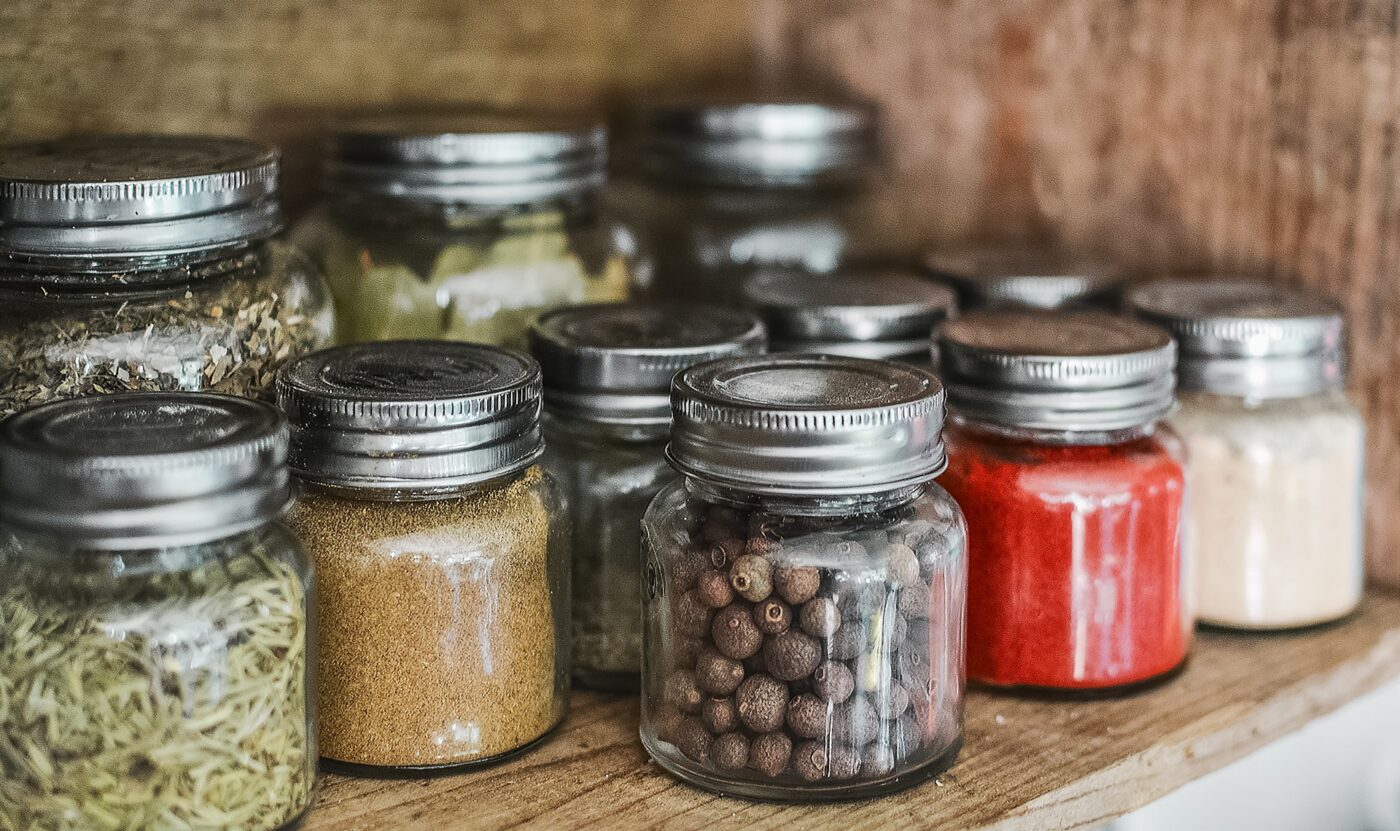
Plastic milk jugs are designed to biodegrade; what’s more, even if you’ve rinsed them out, the cultures in milk can continue to grow in the water as it sits, making that water eventually dangerous to drink and cook with. You can store bottled water, but make sure you’re rotating your stock out there, too. Our article on long-term water storage solutions offers some suggestions for alternative methods of storing it.
Conclusion
Food is arguably the single most important part of a family disaster plan, but how you go about acquiring and storing that food is equally important. Do it wrong, and you put yourself and your family at risk. Do it right, and you’ll have a solid diet for a long time to come.
Editor’s Note: Please be sure to check out The Armory Life Forum, where you can comment about our daily articles, as well as just talk guns and gear. Click the “Go To Forum Thread” link below to jump in and discuss this article and much more!
Join the Discussion
Continue Reading
Did you enjoy this article?

 100
100






